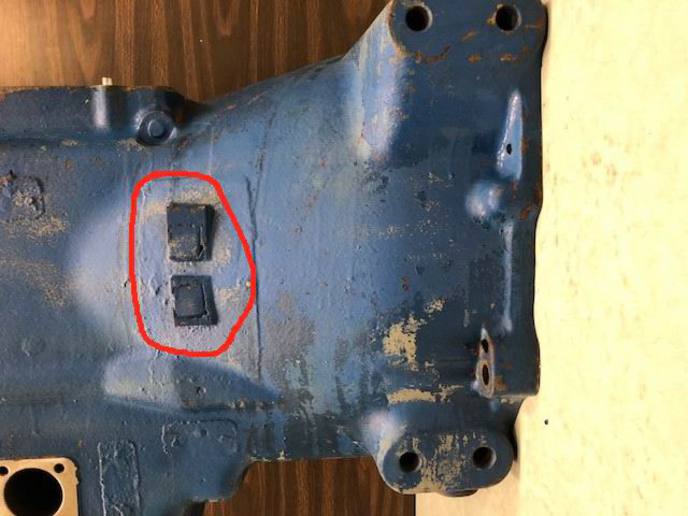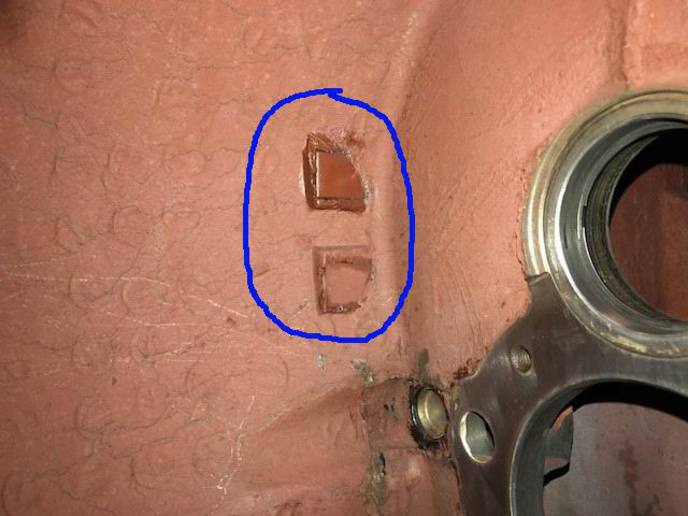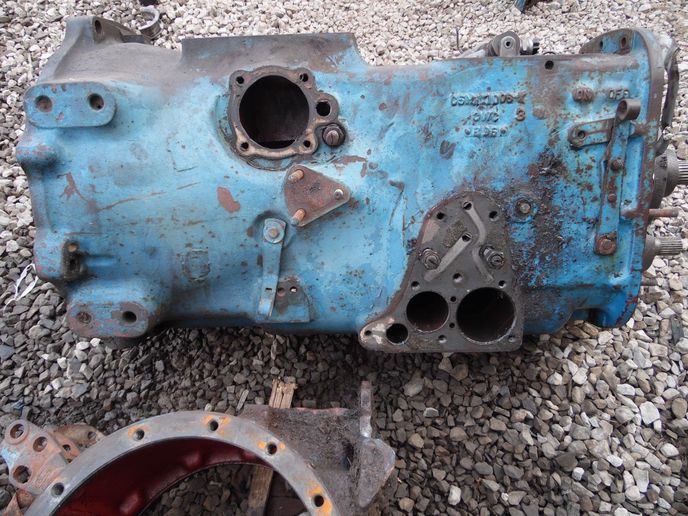Bern
Well-known Member
- Location
- Mount Vernon, WA
I'm in the middle of a 5000 SOS overhaul project. Problem was found to be a worn bearing on the input counter-shaft allowing for shaft misalignment and subsequent low pressure to the #1 band and direct-drive clutch.
I have the case stripped down and washed up real nice, and something caught my eye. Notice the two bumps in the casting on both the inside and outside of the case. This is present on both sides. Anyone here wish to speculate what they're there for? I have not a clue. I've scoured all of my old 5000 lit, and every pic I can find of that area of the casting is as smooth as can be.
I'm not losing any sleep over this, I'm just really curious.


I have the case stripped down and washed up real nice, and something caught my eye. Notice the two bumps in the casting on both the inside and outside of the case. This is present on both sides. Anyone here wish to speculate what they're there for? I have not a clue. I've scoured all of my old 5000 lit, and every pic I can find of that area of the casting is as smooth as can be.
I'm not losing any sleep over this, I'm just really curious.




